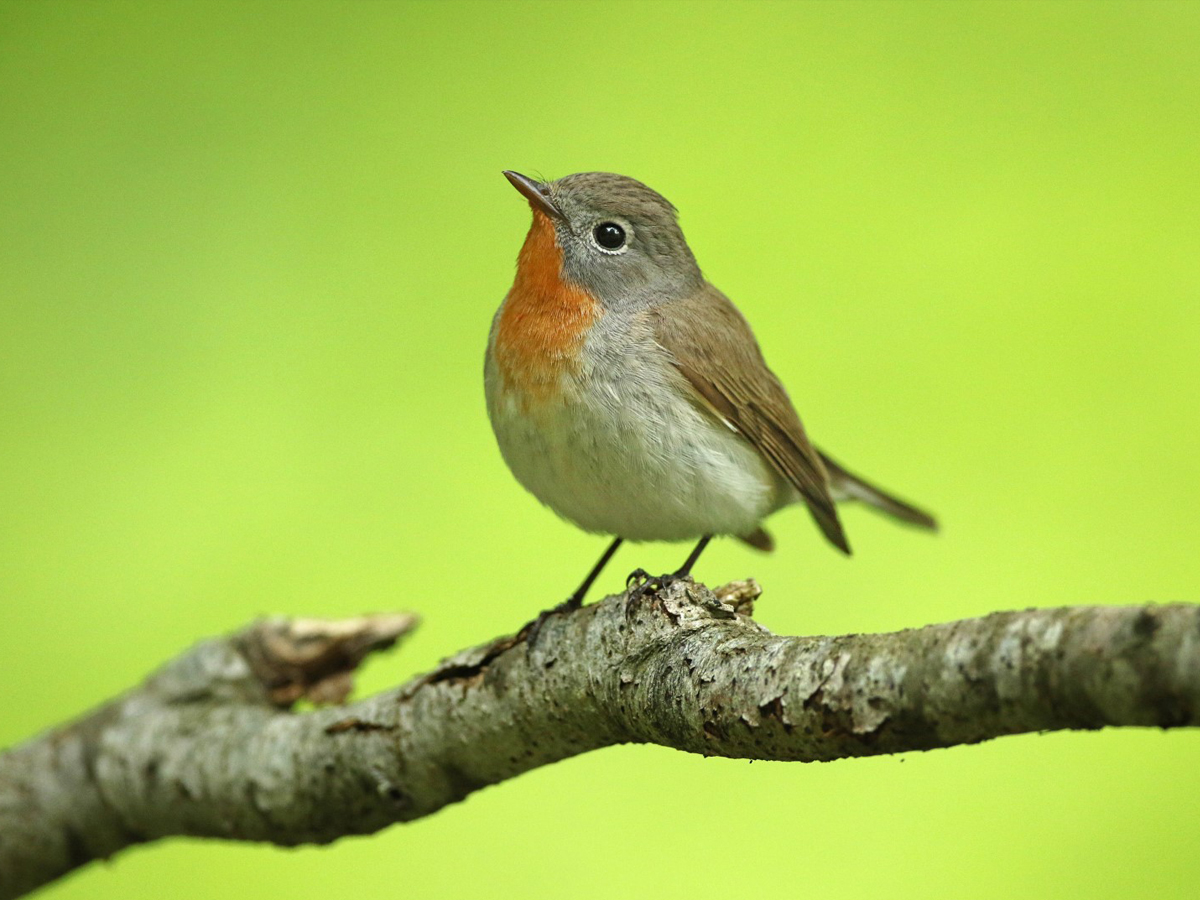
Slovenia ranks among the three most forested countries in Europe. But despite boasting a large area covered by trees (around 60 % of the country) and being renowned for its exemplary model of close-to-nature forestry, less than 1 % of the old, natural forests remain, mostly within a scatter of small forest reserves. Old forests are a key habitat for the survival of many important animal species, which may be lost in the coming years without immediate action. For this reason we at DOPPS, Slovenia’s BirdLife International partner, have launched a campaign in which everyone can take part and help us preserve our natural forests for future generations.

In the last decade Slovenia has witnessed an intensification in forest management. According to the Slovenian Forest Service, since 2004, on average, more than 400 km of new forest roads used for timber harvesting, are created every year. As a result, by opening up forests, we are losing old, natural and untouched stands, while there is no strategy aimed at replacing these losses with new forest areas left to nature. Old, natural forests, characterized by a large amount of dead wood, are formed over long periods of 50 to 100 years, and offer shelter to many valuable forest organisms we term “forest specialists”. These include many species of birds, the populations of which are already severely reduced. To conserve them we must immediately establish new forest reserves or areas excluded from human activities and exploitation, which are then left to evolve naturally.
Within the Guardians of the Natural Forests project we are seeking the help of generous donors to raise funds for the purchase of at least 10 hectares of forest, which will be returned to nature. We will choose the forest in an area that contributes the most to the preservation of forest specialists in Slovenia. We won’t be interfering in this forest, but we will leave it to evolve naturally, thus helping to preserve forest specialists such as White-backed Woodpecker, Tengmalm’s Owl, Black Stork, Capercaillie and Red-breasted Flycatcher, as well as many other forest organisms. With this, we want to start increasing the share of natural forests, which are severely lacking in the official network of protected areas.

